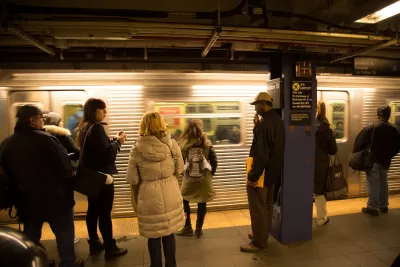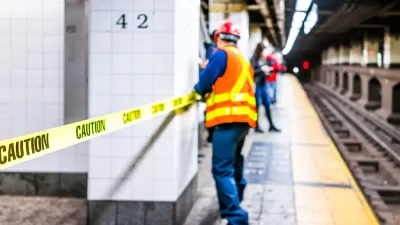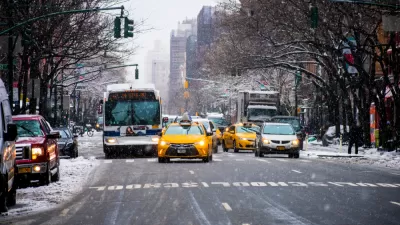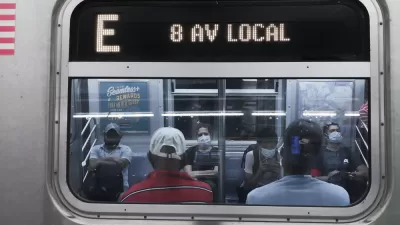A series of federal relief funding in 2020 and 2021 helped the New York MTA keep its head above water over the past three years, but the funding is running out and the books still have to be balanced for a post-pandemic world.

The New York Metropolitan Transportation Authority (MTA) took initial steps toward addressing its ongoing fiscal crisis—a persistent theme since the outset of the pandemic that has taken on new urgency without any large-scale relief packages, such as the Covid Relief Act of 2020, on the horizon. According to an article by Steve Bittenbender for the Center Square, the MTA is facing a $11.4 billion shortfall over the next four years.
“With just $5.65 billion in federal COVID-19 relief funding remaining, and ridership still lagging from pre-pandemic levels, the state agency that oversees mass transit in the New York City area is looking at a mix of cost saving measures and additional revenue streams to tackle the shortfalls it expects through the 2026 fiscal year,” reports Bittenbender. The MTA’s budget plan was made public during a presentation to the board at the end of November.
The MTA will still need help to balance the books, however. “Part of that plan is the assumption of $600 million more in government aid to help cover the shortfall for the 2023 fiscal year,” reports Bittenbender.
As reported by Jose Martinez for The City, riders might end up covering some of the budget deficit as well. “On the subways and buses, that could mean a $2.90 fare in 2023 and one that hits $3.05 by 2025,” according to Martinez. The MTA last raised fares in April 2019.
FULL STORY: New York transit to address $11.4 billion budget deficit

Alabama: Trump Terminates Settlements for Black Communities Harmed By Raw Sewage
Trump deemed the landmark civil rights agreement “illegal DEI and environmental justice policy.”

Study: Maui’s Plan to Convert Vacation Rentals to Long-Term Housing Could Cause Nearly $1 Billion Economic Loss
The plan would reduce visitor accommodation by 25% resulting in 1,900 jobs lost.

Planetizen Federal Action Tracker
A weekly monitor of how Trump’s orders and actions are impacting planners and planning in America.

Waymo Gets Permission to Map SF’s Market Street
If allowed to operate on the traffic-restricted street, Waymo’s autonomous taxis would have a leg up over ride-hailing competitors — and counter the city’s efforts to grow bike and pedestrian on the thoroughfare.

Parklet Symposium Highlights the Success of Shared Spaces
Parklets got a boost during the Covid-19 pandemic, when the concept was translated to outdoor dining programs that offered restaurants a lifeline during the shutdown.

Federal Homelessness Agency Places Entire Staff on Leave
The U.S. Interagency Council on Homelessness is the only federal agency dedicated to preventing and ending homelessness.
Urban Design for Planners 1: Software Tools
This six-course series explores essential urban design concepts using open source software and equips planners with the tools they need to participate fully in the urban design process.
Planning for Universal Design
Learn the tools for implementing Universal Design in planning regulations.
Caltrans
Smith Gee Studio
Institute for Housing and Urban Development Studies (IHS)
City of Grandview
Harvard GSD Executive Education
Toledo-Lucas County Plan Commissions
Salt Lake City
NYU Wagner Graduate School of Public Service





























